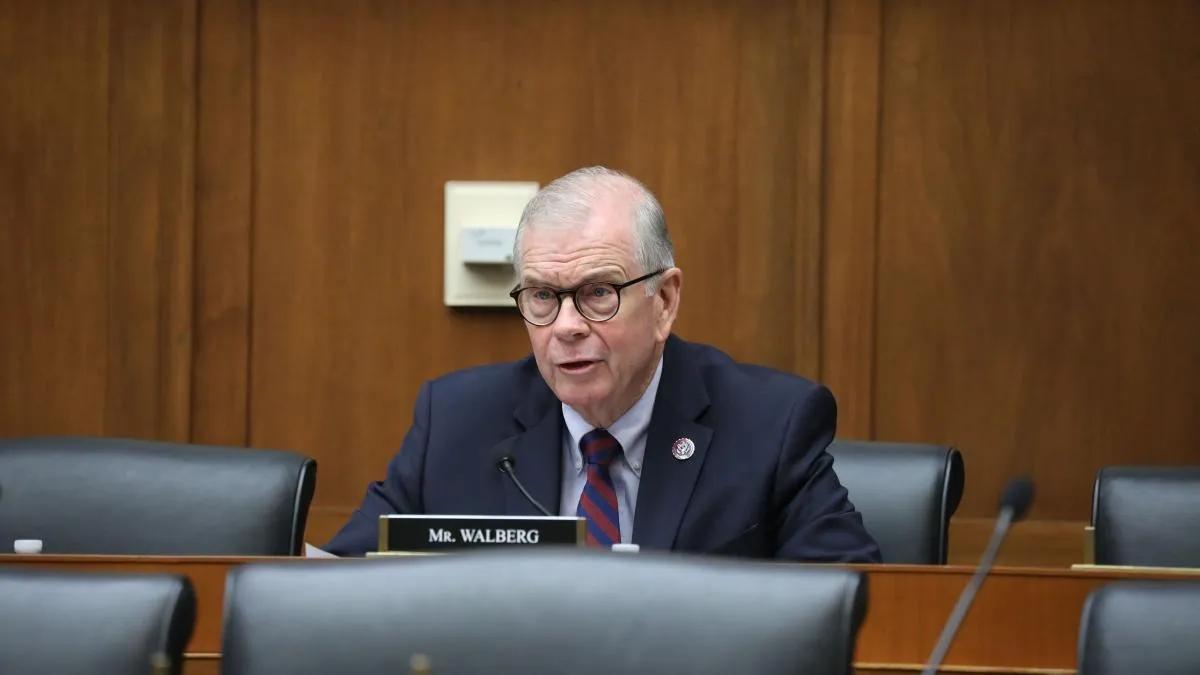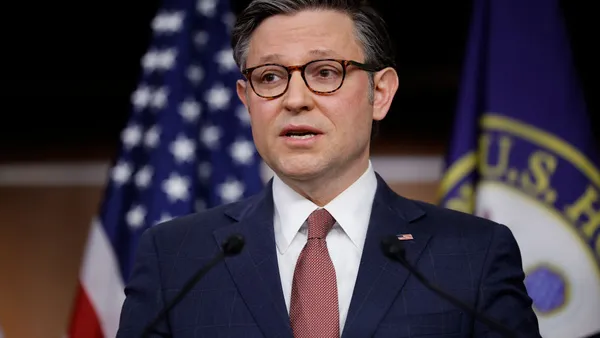Grinnell College last week began demolition to make way for a new $111.7 million complex dedicated to humanities and social sciences research and education. Scheduled to open in fall 2020, the new complex will house the school’s humanities, social studies and non-performing arts programs, while incorporating new technology into the humanities and social studies disciplines
Humanities and liberal arts are a significant part of Grinnell’s institutional identity. According to officials, nearly half of its applications for National Endowment of the Humanities funding are granted, compared to just 8% nationally. With so much of the institution’s profile shaped by the discipline, some wonder what impact federal cuts may have to the teaching and auxiliary educational programs on the private Iowa campus and other liberal arts colleges throughout the country.
Higher education officials and observers have been on high alert since November, fretting over the possibility of dramatic changes to the industry under a Donald Trump presidential administration. And less than a week into the tenure of the controversial Commander in Chief, rumors are already beginning to build about his plans for cuts to the industry.
Citing an anonymous insider from the Trump Administration, The Hill reported that the president plans to terminate the NEH and the National Endowment for the Arts, and to privatize the Corporation for Public Broadcasting. The cuts would save taxpayers about $290 million in annual federal spending, based upon FY2015 funding levels.
But some observers say the cuts, in relation to the breadth of the federal government’s $3 trillion budget would dramatically reshape college campuses nationwide which maintain public radio stations, museums and other humanities-related resources.
While no formal budget has been presented by the Trump Administration, some advocates and humanities officials have publicly denounced any plans to reduce investment in the arts as a threat to social development.
“We are extremely concerned by these reports, and the museum field will stand strongly against any effort to gut the important work of NEA and NEH, or any other federal agency supporting the work of museums,” said American Alliance of Museums President and CEO Laura L. Lott in an email to Education Dive. “These agencies play a uniquely valuable role in helping make the arts and humanities accessible to every American.”
In a recent issues briefing, the Alliance cited the academic and social impact of museums as a key component of economic and academic development. AAM officials said that federal funding to national historic sites, museums, planetariums, presidential libraries science centers and zoos support economic growth through tourism and job creation, while providing practical and theoretical supplements to curricula standards at all levels of learning.
“We will need every museum professional, every trustee, and every volunteer to speak with one voice to help preserve these vital agencies,” Lott says. “As we heard in [the recent] inaugural speech, ‘Together, we will determine the course of America and the world for years to come.’ I agree; we have the power to make our voices and our priorities heard, and together we—the united museum field—must fight for the ideals we believe in.”
In 2015, the National Endowment for the Humanities funded more than 800 projects with nearly $121 million in partial and full grants to programs. According to its annual report, 115 of those initiatives were classified as "Educational Programs," receiving more than $13.8 million.
Digital archiving and preservation is a growing sector of humanities-related research and development. The University of Nebraska - Lincoln has developed a national brand for its Center for Digital Research in the Humanities, which claims to bridge research, learning, and computing to preserve historic records on topics ranging from Native American languages to the writings of Nebraska native Willa Cather.
Its work has supported projects involving more than 80 faculty members across five colleges campus-wide in disciplines such as Anthropology, Art History, English and History. Identified as one of the university's 19 'Programs of Excellence,' it is one of just five institutions nationwide to offer such a center, joining the University of Virginia, University of Maryland, George Mason University and Cleveland State University.
That center was established and maintained, in part, by a sizable grant from the NEH, according to co-director Katherine Walter.
“It started out with a small seed grant and brought in an award of $348,000 from the National Endowment for the Humanities,” she says.
Along with being the nation's largest investor in collegiate humanities and arts initiatives, it is also the catalyst for continuing research in these areas. According to Walter, a significant amount of the center's programming and publishing would be eliminated with the termination of NEH funding.
"NEH is the main funder, and if we did not have it, it would drastically reduce the amount of research we conduct. At least 25 of our 50 programs, the most important ones, would be discontinued."
Officials from NEH would not speculate on the potential closure of their agency but said that while they do not typically support grant seekers with guidance on how to apply for alternative funding, they do provide guidance on how to make rejected applications better for future review.
"One thing that we do is some applicants come back and ask why the project wasn’t a fit, and we talk to them about what they can do to strengthen their application," says Theola DeBose, NEH spokeswoman. "And, we do that based upon people asking or we’ll want to let them know that we want them to apply again, and to consider these things.
It is a courtesy that DeBose says could be just as valuable as receiving a grant itself, as it helps funding seekers to master grantmaking skills which could benefit them in other applications to other organizations beyond NEH.
DeBose says that common application issues include missed instructions provided in public guidelines. "It could be something as technical as having four professors signing on, but an application has one and won’t qualify for not following that direction," she says.
Currently, the department continues to work on grants to institutions and organizations and is targeting underserved areas with its new Creating Humanities Communities initiative. Launched in November, the program pledges funding to 25 states and US territories which have not historically received windfalls of federal funding through NEH.
Grantees are charged with meeting a February deadline, and while uncertainty surrounds the agency, executives remain optimistic about the opportunities for grants ranging from $30,000 to $150,000 can mean to underserved communities; despite the requirement for matching private funding from non-federal resources.
“This grant is a great opportunity for small organizations to join forces and create new projects that will benefit communities in a significant way," said Director of the Office of Challenge Grants Katja Zelljadt in a release. "NEH staff is eager to talk to prospective applicants at every stage in the process. Call us, write to us, we’re here to help you.”




















